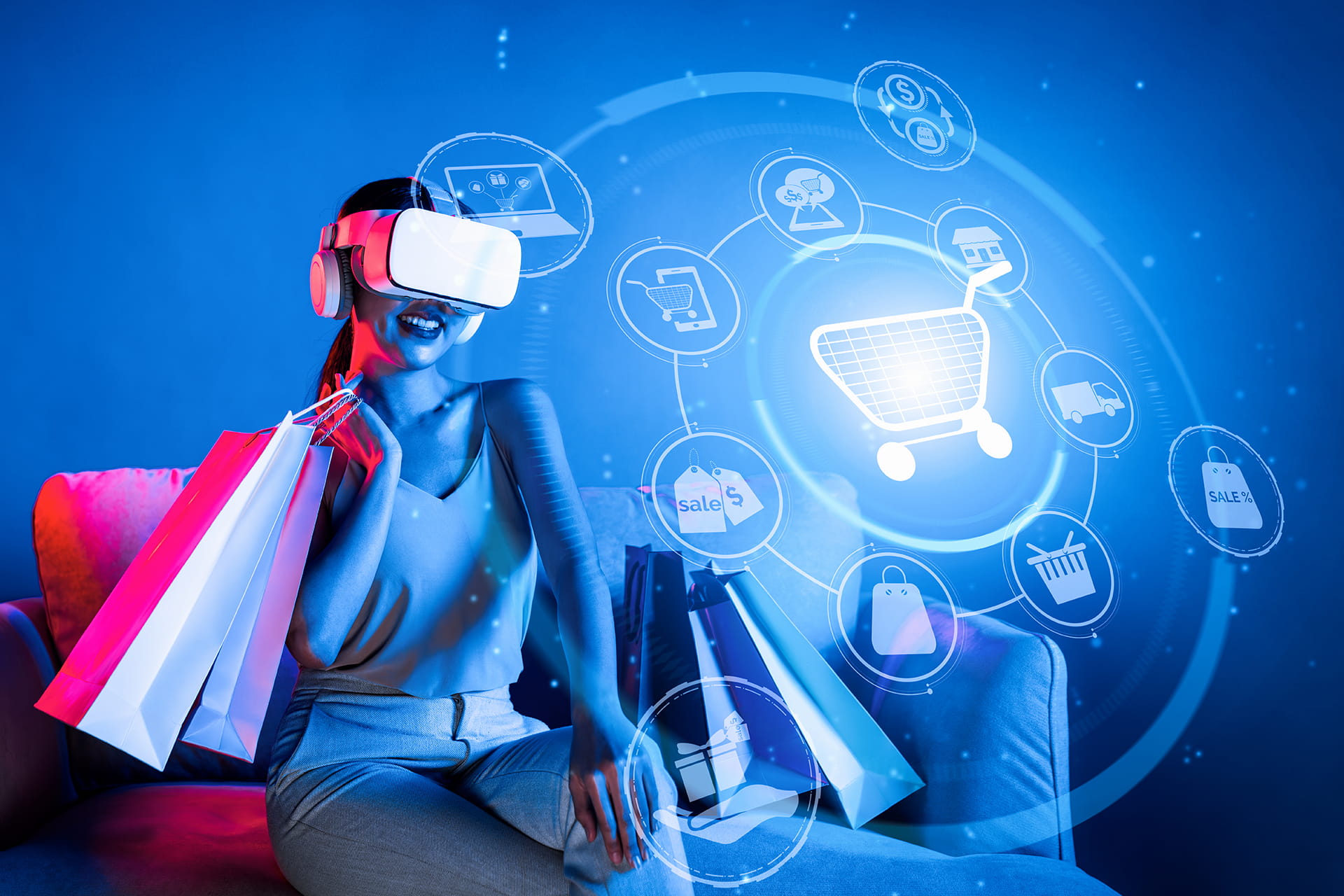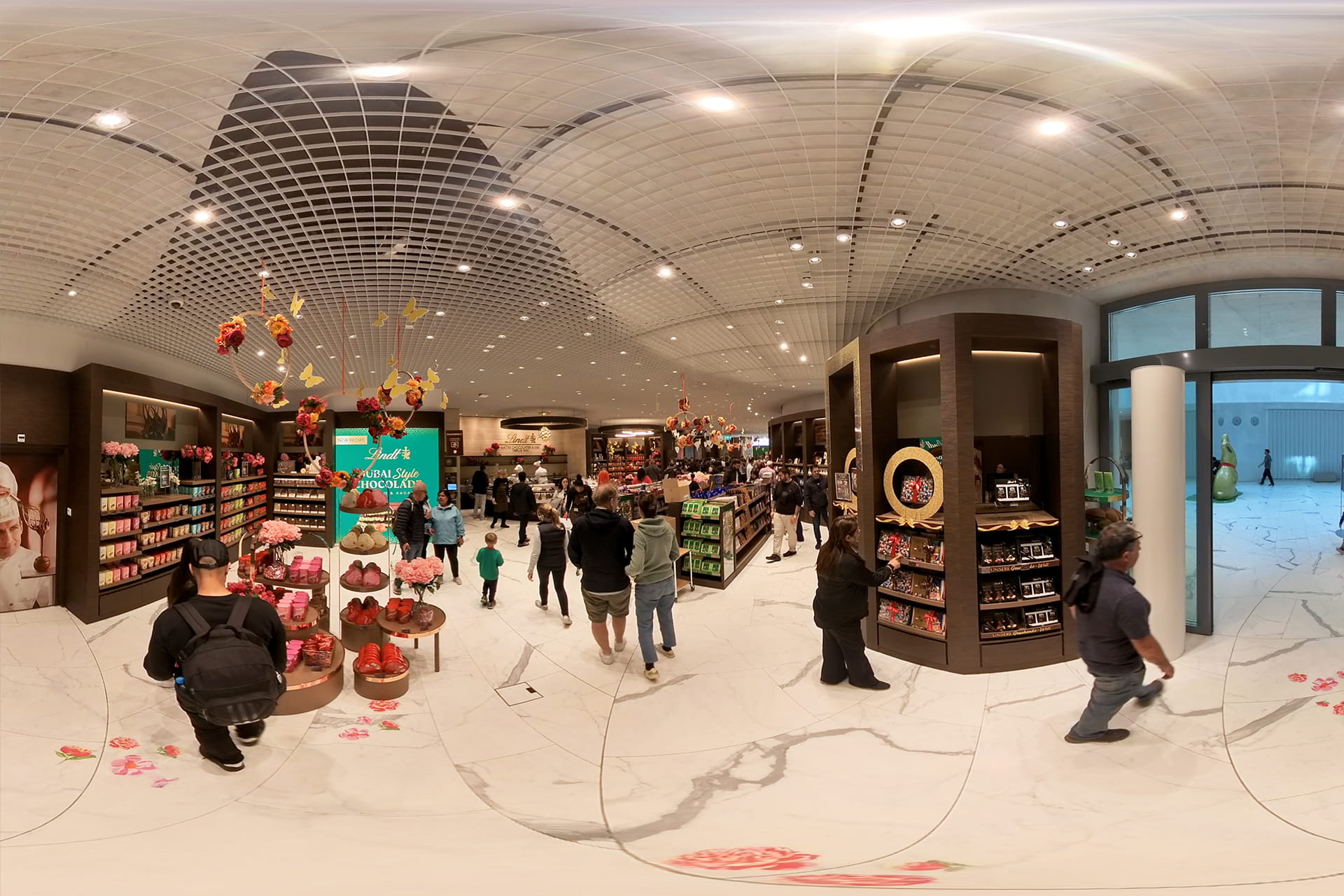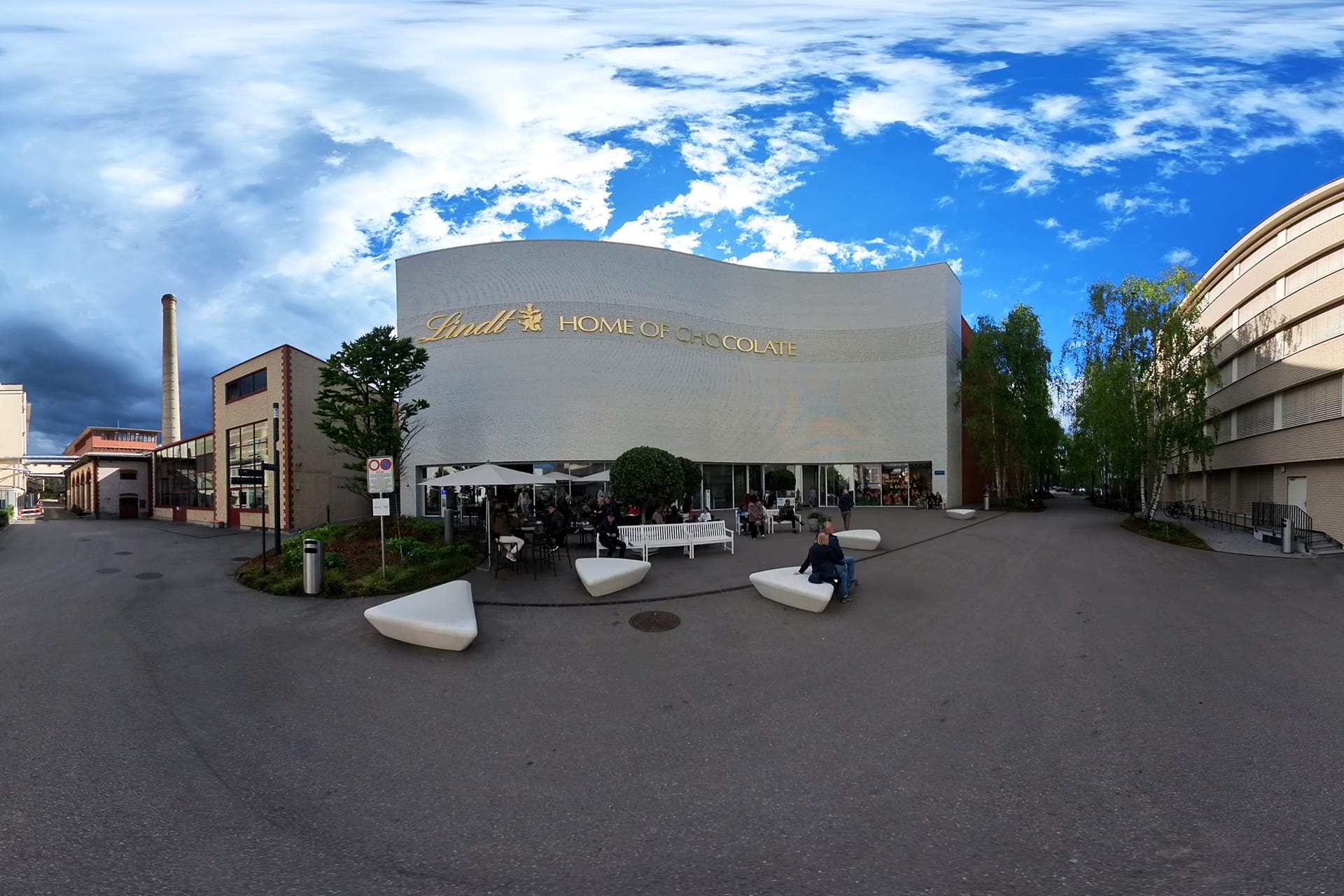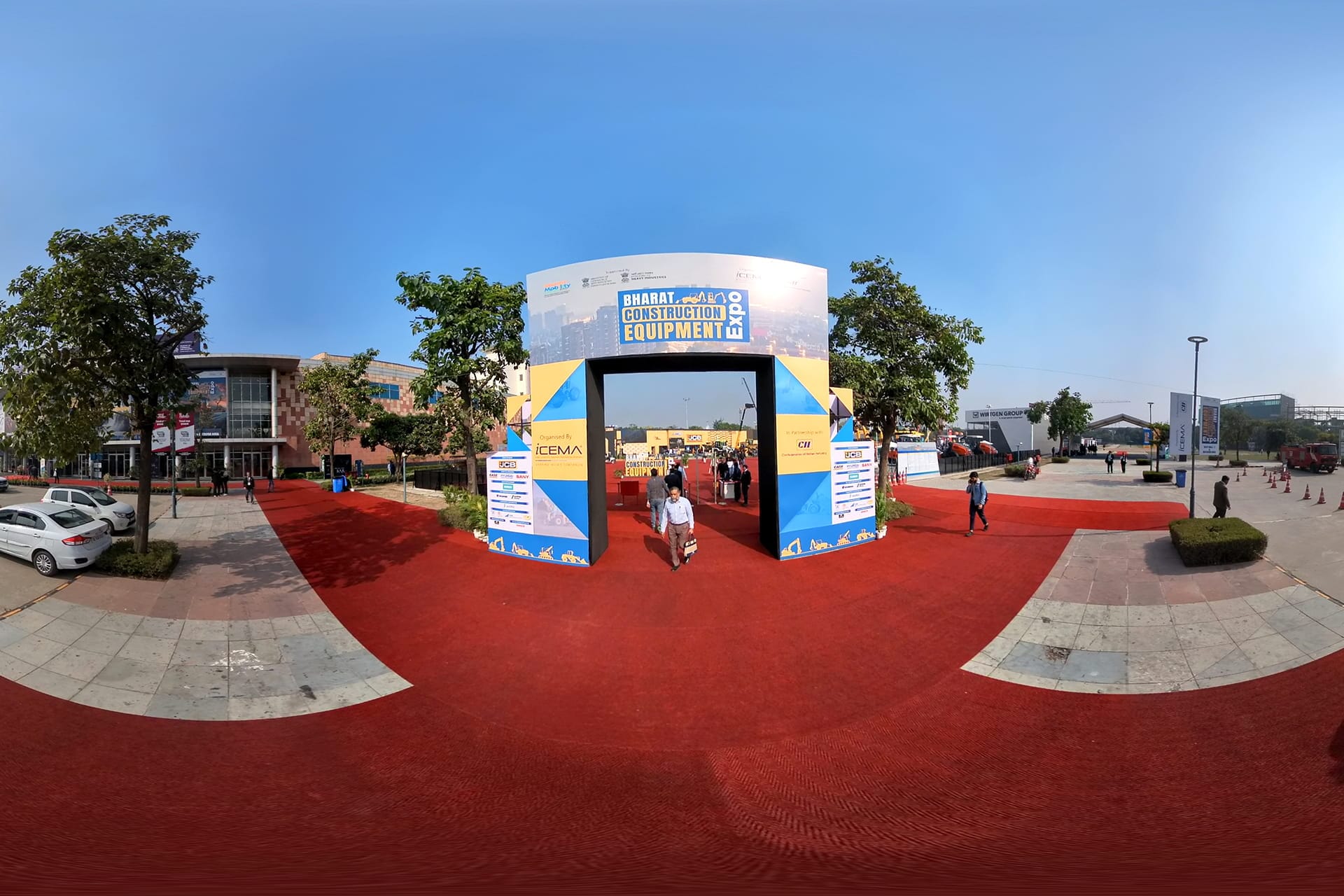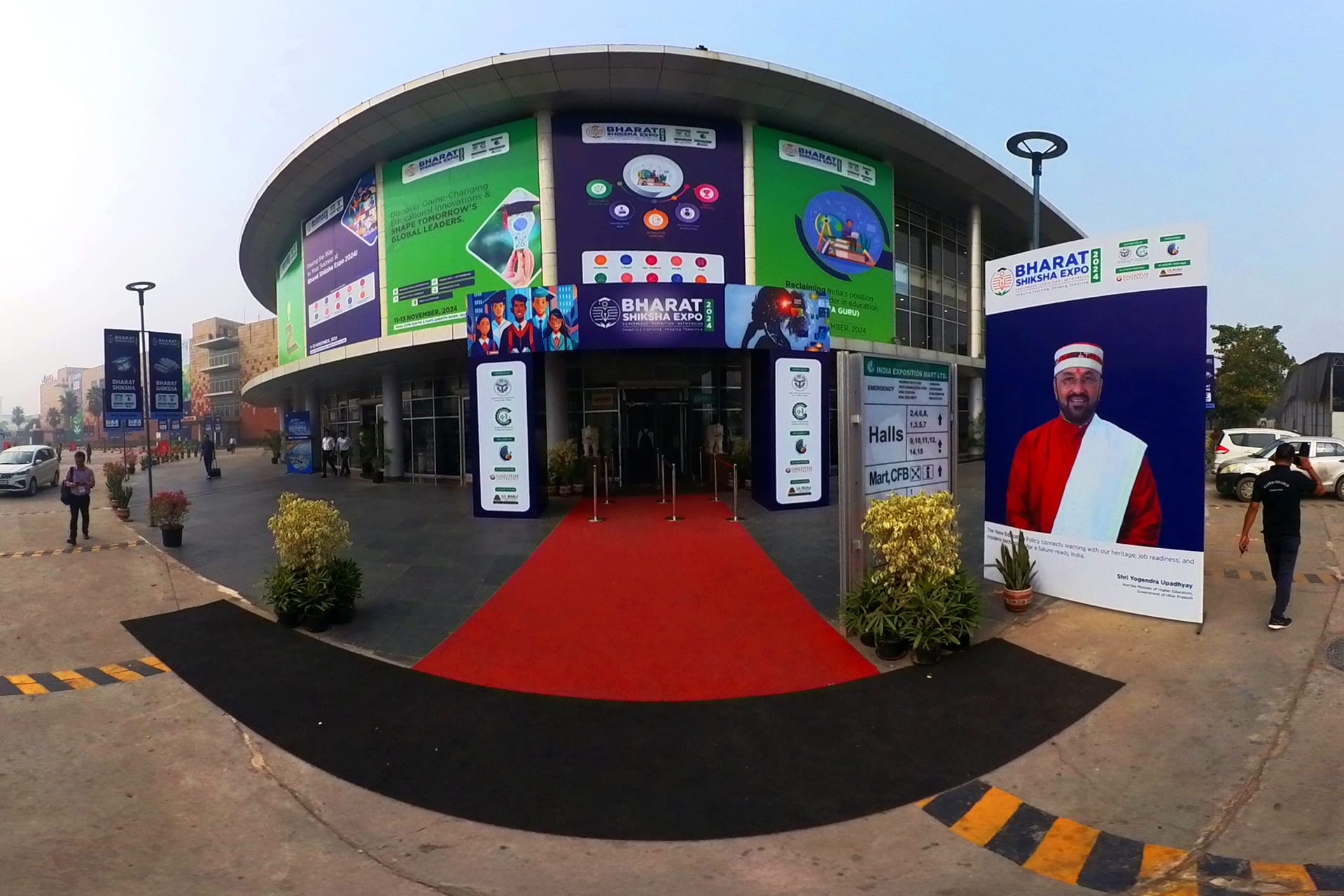The e-commerce industry is evolving rapidly, and businesses are constantly looking for ways to engage customers and increase conversions. Virtual Reality (VR) development offers a game-changing solution by creating immersive shopping experiences that allow customers to interact with products virtually before purchasing.
This blog explores how VR is transforming e-commerce, enhancing user engagement, brand loyalty, and sales conversion rates.
1. How VR Enhances the Online Shopping Experience
- 3D Product Visualization: Customers can view products from all angles in a 360° environment.
- Interactive Features: Try out colors, sizes, or configurations in real-time.
- Virtual Try-Ons: Fashion and accessories brands allow customers to virtually try products before buying.
2. Creating Immersive Showrooms
- Virtual Store Layouts: Replicate physical store environments in a VR space.
- Interactive Exploration: Customers can walk through the store, pick products, and learn features.
- Enhanced Experience: Gamified interactions make shopping fun, engaging, and memorable.
3. Increasing Customer Engagement
- Personalized Experiences: VR apps can adapt to user preferences for a tailored experience.
- Interactive Tutorials: Show product functionality or usage in an engaging virtual format.
- Social Sharing: Customers can share VR experiences with friends, boosting brand awareness.
4. Boosting Sales Conversion Rates
- Reduced Returns: Customers make more informed choices, reducing product returns.
- Increased Confidence: Interactive VR experiences increase purchase confidence and satisfaction.
- Enhanced Brand Loyalty: Memorable shopping experiences lead to repeat customers and referrals.
5. Integrating VR with Other Technologies
- Augmented Reality (AR): Combine AR and VR for mixed reality shopping experiences.
- 360° Product Photography: Showcase products in high-resolution interactive spins.
- AI Personalization: Recommend products based on user behavior and preferences in VR.
6. Implementing VR for Your E-Commerce Business
- Choose the Right VR Platform: WebVR, Oculus, or mobile VR depending on your target audience.
- Develop High-Quality 3D Assets: Ensure realistic product representation.
- Track Analytics: Monitor user interactions, product views, and conversion rates.
- Continuous Improvement: Update VR experiences based on feedback and emerging trends.
Conclusion
Virtual Reality is redefining the e-commerce landscape, offering customers immersive, interactive, and highly engaging shopping experiences. Businesses that embrace VR gain a competitive advantage, higher conversion rates, and stronger customer loyalty.
At 360Biznus, we specialize in custom VR development for e-commerce, delivering solutions that enhance user engagement, showcase products innovatively, and drive sales through immersive virtual experiences.
Get in Touch
Whether you want to develop a new 360 Virtual Tour, 3D Product Display, 360 Product Spin Photography, Google 360 Street View or update an existing 360 Virtual Tour, we're eager to assist.
Call / Email Us / fill in the form below.


